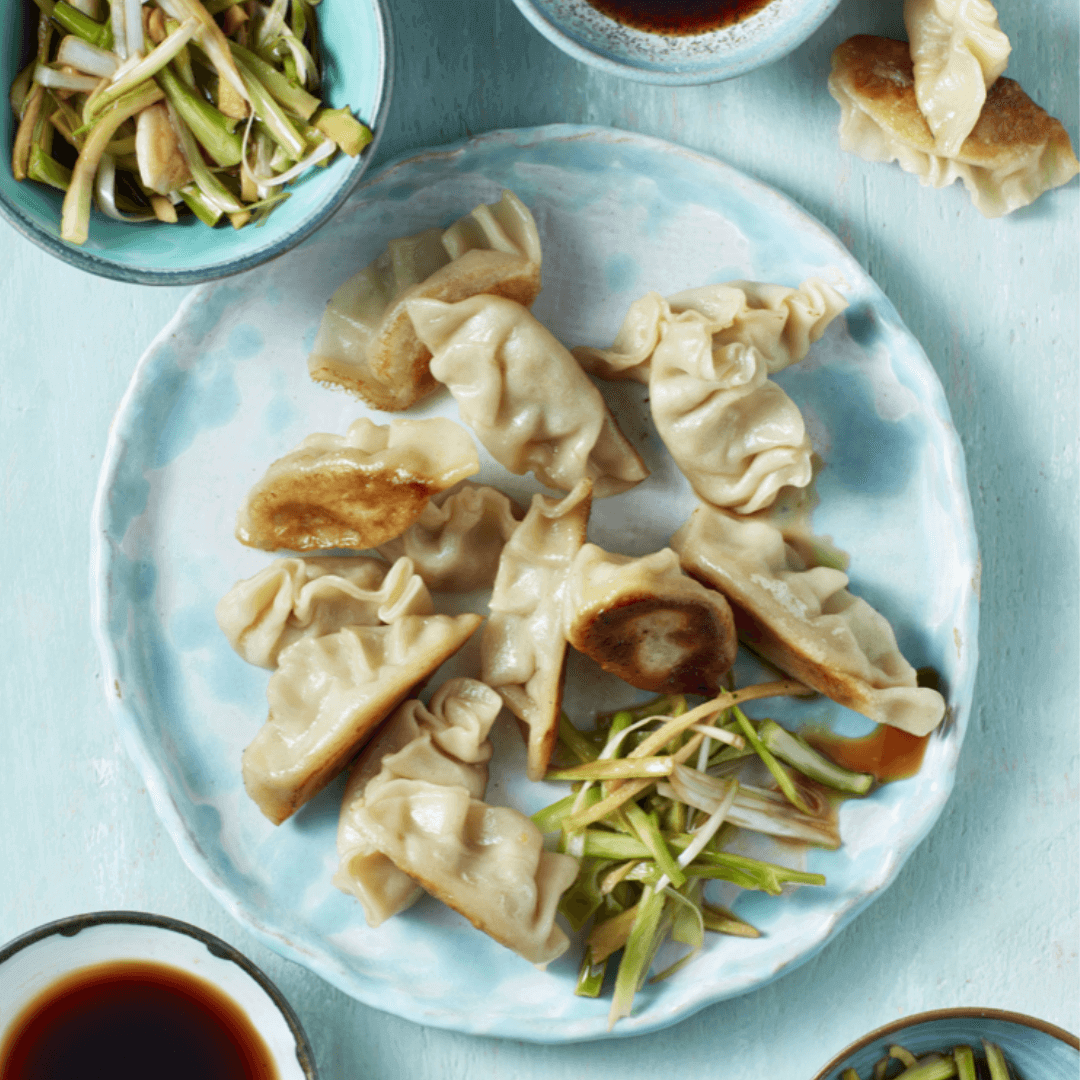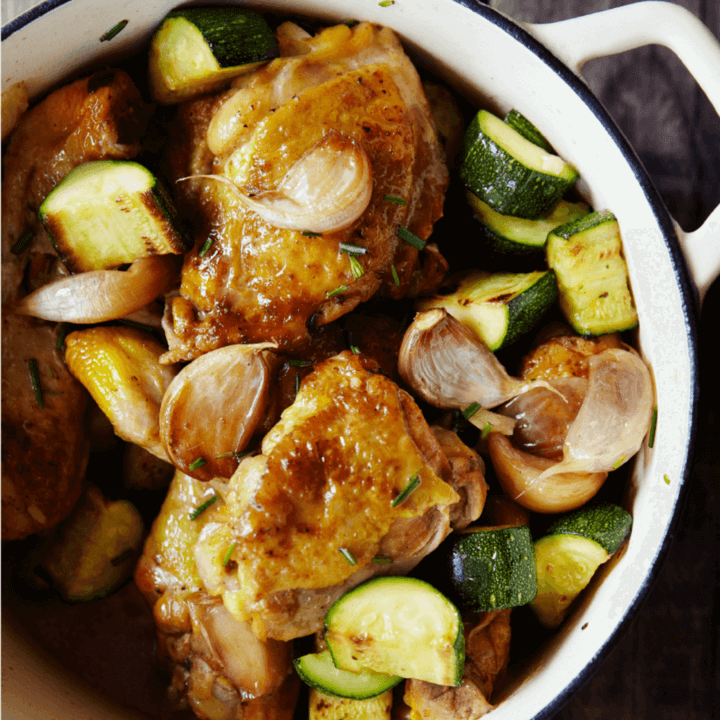
Fig & Lentil Salad from Virtually Vegan
Summer and salad go hand-in-hand and this offering from Heather Whinney’s Virtually Vegan is a fresh, sweet, figgy take on a summertime staple. Complete with a harissa
The Easy Indian Cookbook by Manju Malhi comes out next month, and we decided to take a look at some of the beautiful ingredients which Manju introduces in more detail at the beginning of the book. First-time cooks often find the number of spices and ingredients used in Indian cuisine to be quite daunting – but the simple truth is that preparing an Indian meal is very straightforward. Mastering just a few basic techniques and becoming familiar with some of the essential ingredients will strip away the mystery and make preparing Indian food less time-consuming, much more satisfying and incredibly rewarding.

YOGURT (DAHI)
An essential ingredient in Indian cooking, yogurt is a staple for many vegetarians and many homes in India still make their own practically every day. There are countless uses for yogurt but the main ones are making yogurt drinks and chutneys, such as raitas, and using yogurt as a souring agent, a thickening agent, a meat tenderizer and a flavour enhancer.The yogurt in India comes from buffalo’s milk and is thick and rich. Greek-style yogurt and natural unsweetened yogurt are the nearest substitutes.
BAY LEAF (TEJ PATTA)
The type of bay leaf used in Indian cooking is the leaf of the cassia tree. These leaves are long, thin and light green in colour, with a mellow, spicy aroma and a sweet taste. In Indian cooking, the bay leaf is used as a flavouring in meat and rice dishes and it is an important component in the Moghul style of cuisine. One or two dried leaves are sufficient to scent a dish and they can be removed easily before serving.
CURRY LEAF (KARI PATTA)
These small, shiny leaves, about 2.5cm/1in long, are used whole in Indian cooking, much like bay leaves. The leaves, which have a citrus scent, lend a dish a distinct curry aroma. Curry leaves are generally heated in oil to release their flavour. Once heated, they look shrivelled and crispy. Fresh curry leaves can be stored in a sealed plastic bag in the fridge for up to 1 week.
DRIED BEANS
After lentils, dried beans are the second-most common pulse consumed in India. They need soaking and the longer you store them, the longer you need to cook them because they toughen with age. The green split mung bean (moong dal) is light and delicate when cooked, looking cream or yellow in colour with flecks of green.

CHICKPEA OR GRAM FLOUR (BESAN)
This flour is pale yellow in colour, silky in texture and has a pleasant, nutty aroma. It is used in the preparation of both savoury and sweet Indian dishes. Be careful not to confuse gram flour with graham flour, which is made from wheat. Like all flours, gram flour should be stored in a cool, dry place, away from direct sunlight, as exposure to heat can cause it to go off and take on a stale, rancid taste.
RICE FLOUR (CHAWAL KA ATTA)
Rice flour is a fine, white powder made from grinding white long grain rice. Free from gluten, it is often used in Indian cooking as an alternative to wheat flour to make Indian-style flatbreads such as South Indian appams or soft breads. Rice flour also acts as a binding and thickening agent. You can make your own rice flour by pulverizing uncooked Basmati rice grains in an electric grinder but it is also available in speciality shops and in most supermarkets.
The Easy Indian Cookbook is available from 10th March.


Summer and salad go hand-in-hand and this offering from Heather Whinney’s Virtually Vegan is a fresh, sweet, figgy take on a summertime staple. Complete with a harissa

Too Good to Waste by Victoria Glass is THE guide to getting the very most out of your food, in the most delicious way possible! So much

Today we’re sharing a much coveted Real Bread: Slow Dough recipe – Cinnamon and Hazelnut Knots! These sweet knots are beloved all over Scandinavia, whip

We’re gearing up for the publication of French Countryside Cooking by Daniel Galmiche, coming your way on May 14th (pre-order your copy right here)! To celebrate, we’re sharing

Watkins Media Limited
Shepperton House unit 11
89 Shepperton Road
London, England
N1 3DF

Watkins Media Limited
Shepperton House unit 11
89 Shepperton Road
London, England
N1 3DF